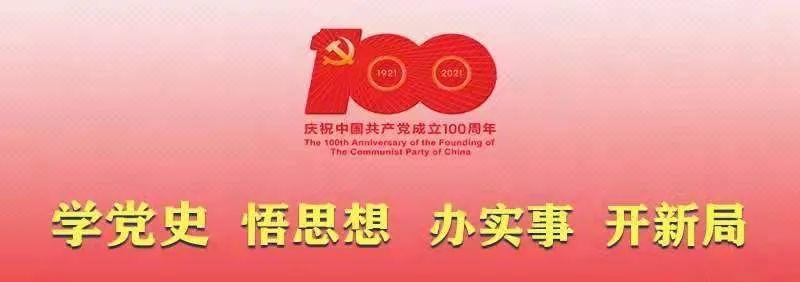
Otoacoustic emission (OAE) is an audio energy that is generated in the cochlea and is released into the external ear canal through the conduction of the auditory bone chain and eardrum, and then recorded. The ear acoustic emission screener is used for newborn hearing screening, mainly used to screen newborns for hearing impairment.
Newborn hearing screening is very important, any cause of hearing loss, can be early detection, diagnosis, intervention, so the significance of newborn hearing screening is very significant. If hearing screening is not performed in time after birth, it may cause different degrees of speech-language development and cognitive development disorders in the later stages. If you find out that your baby has hearing problems at the age of 2-3, you miss the best period for early intervention, and even if you intervene at this time, your speech-language and cognitive development levels will still lag behind that of children of the same age. Since the implementation of the universal newborn hearing screening in the country, the level of newborn hearing screening, diagnosis, prevention and treatment has been greatly improved, so that newborns with hearing defects can be diagnosed and treated early.
Check the preparation
1. The examination should be selected in a quiet state after the baby bath, or when the baby is asleep after feeding.
2. Parents need to assist the doctor to clean up the baby's external ear canal secretions so as not to block the probe hole of the hearing screener.
3. Parents should understand the importance of hearing screening and the specific procedures in advance to assist doctors in their operations.
4. Parents should mute electronic devices in advance, avoid loud noises, and keep quiet.
5. Parents need to change the diapers for the baby in advance to avoid the baby from crying due to discomfort during the examination.
Check for contraindications
Newborn hearing screening is not appropriate in the following cases:
1. If the baby is in a state of crying, hunger, limb scratching, etc., it is not appropriate to be tested.
2. If you find that children have colds, nasal congestion, runny nose, cough, throat ringing and heavy breath sounds, it is recommended to treat them first, wait for the symptoms to improve and then conduct a re-examination to avoid false positives.
3. If the child's laryngeal ringing and breath sounds are severe, the effect of repeated treatment is not good, and it is really necessary to understand the hearing situation, it is recommended to conduct a diagnostic hearing examination directly. (Such as 1000Hz acoustic conduction.) Auditory brainstem response, multi-frequency steady-state evoked potential, etc.)
Precautions
1. When the ear acoustic emission probe is placed in the outer ear, it can cause discomfort to the baby, causing the baby to cry, scratching the limbs, etc., and parents need to do a good job of comforting.
2. During the screening process, if the baby is found to have signs of awakening, the screening should be temporarily stopped, and parents can tap the baby's body, stroke the baby's head or shake the cradle to make the baby return to quiet before continuing the screening.
3. After the newborn hearing screening, parents should pay attention to the infant's auditory behavior on a daily basis, such as whether the newborn will have a startled reaction when it hears an unexpected sound, whether it will turn its head to look for it with the favorite sound, and whether it will pay attention to music or parents' voices.
4. Factors such as gestational age, disease, screening time, quiet screening environment, and residual secretions in the infant's ear canal and middle ear cavity can lead to false positives. The appropriate time for the initial screening is 48 hours after the birth of the newborn, and if there is a positive result, it is recommended that parents take the baby for re-screening on time.
Tips
When measuring hearing, it is generally required that the environment be quiet, and the baby is in quiet sleep. If a newborn baby does not pass the hearing test, there are the following reasons:
1. After the baby is born, there is secretion or amniotic fluid blockage in the ear canal, which will cause the hearing to not be detected and cannot pass.
2. If the environment is too noisy, the foreign voice covering the sound of the ear acoustic emission screener cannot be heard.
3. If your baby is restless or crying, it will also affect the results of the audition.
If the initial screening does not pass, do not worry, you need to re-screen after 42 days. If the second screening does not pass, the brainstem auditory evoked potential or deafness gene should be tested to see if there is hearing damage caused by central nervous system damage, or whether it is congenital deafness, and then targeted treatment is carried out.
Inspection location: Otorhinolaryngology Department, 2nd Floor, Executive Complex
Every like you like, I take it seriously